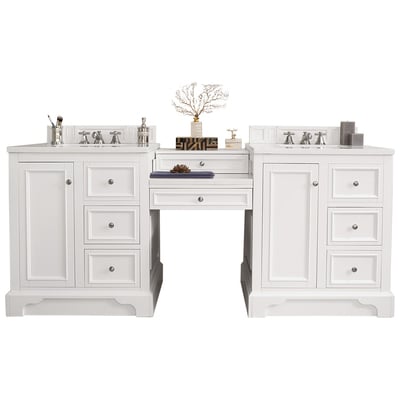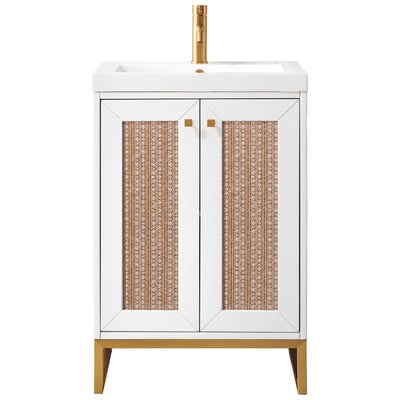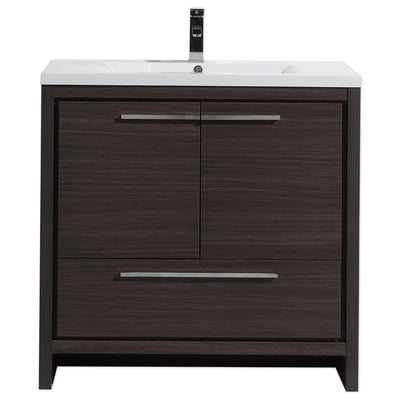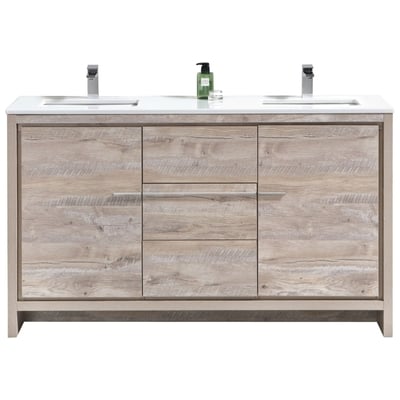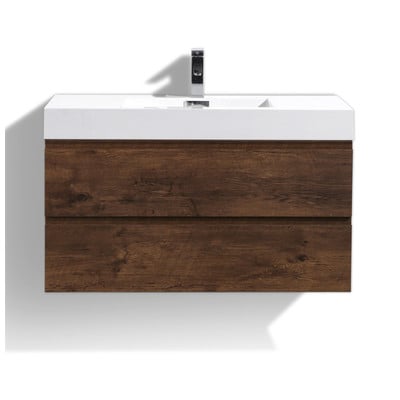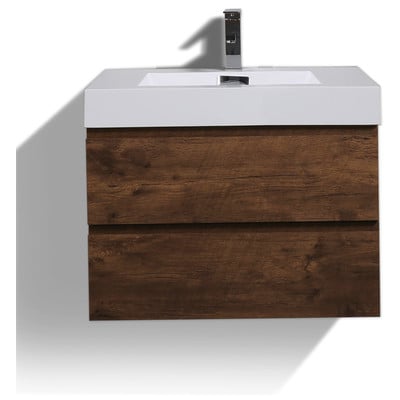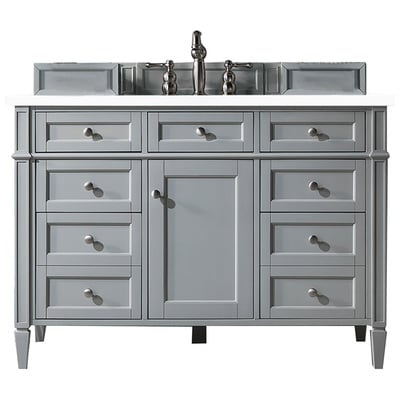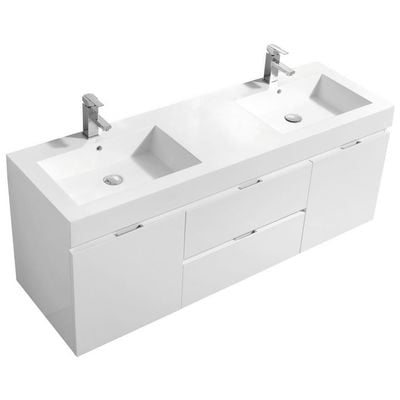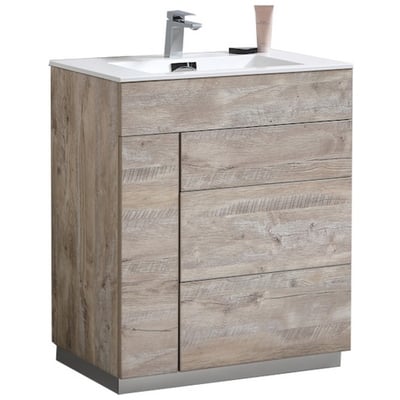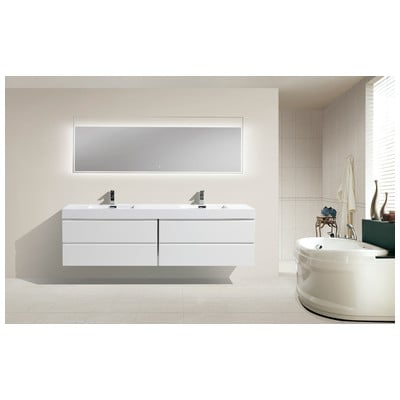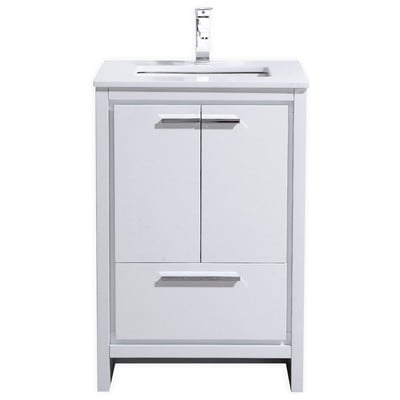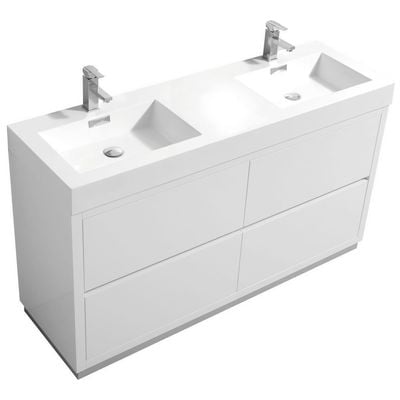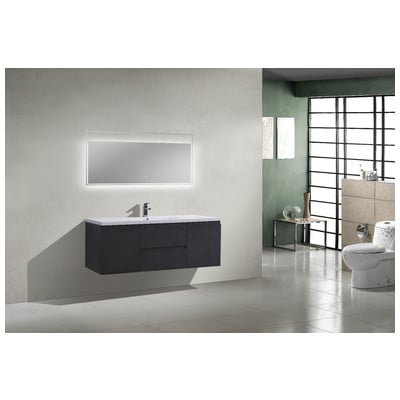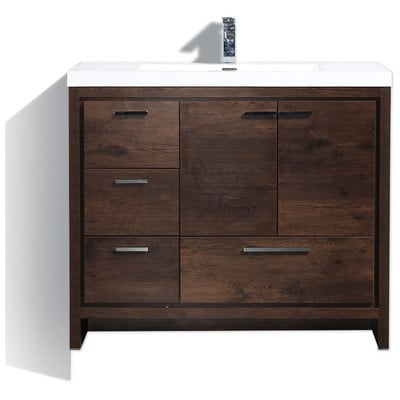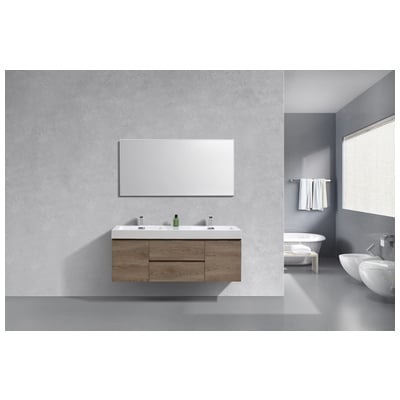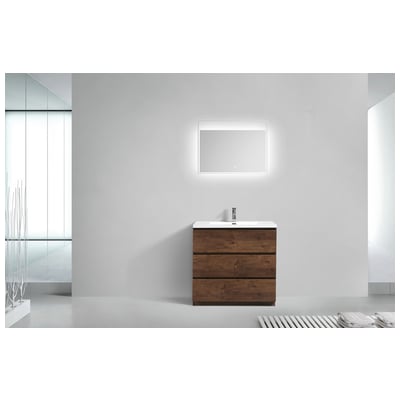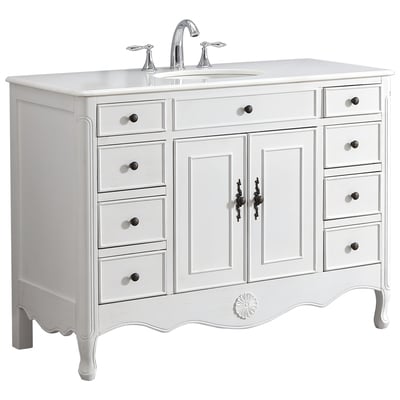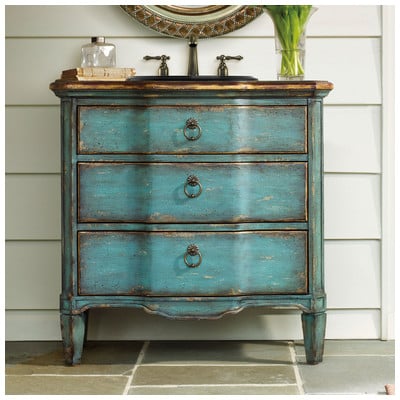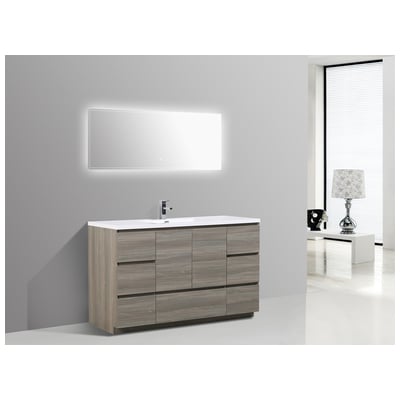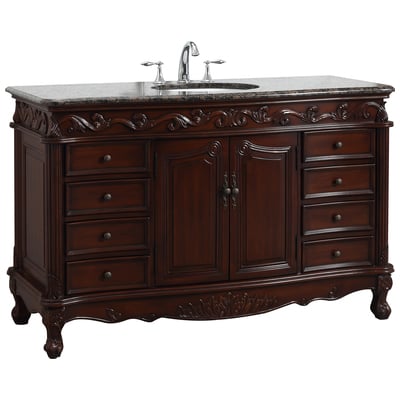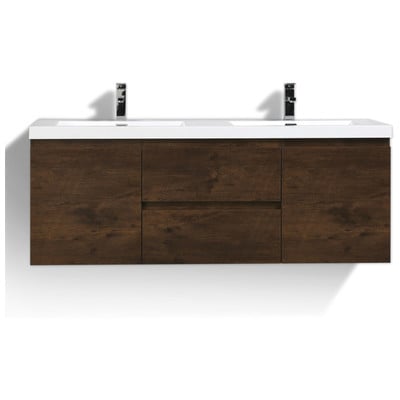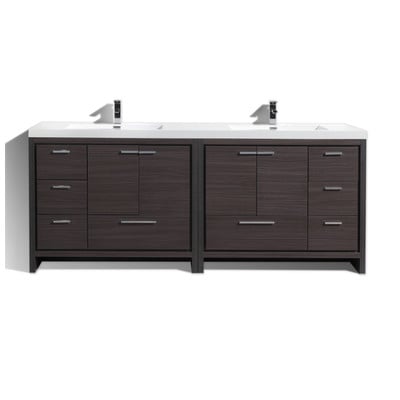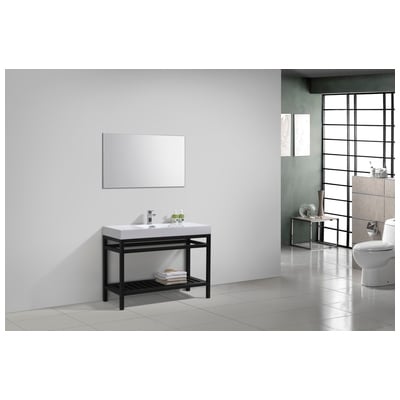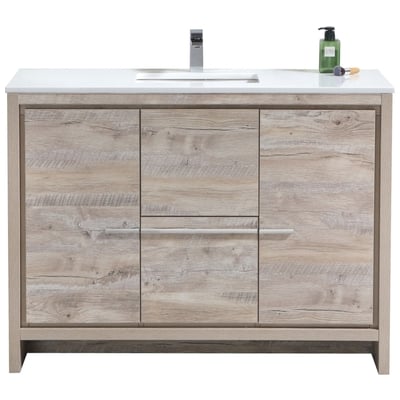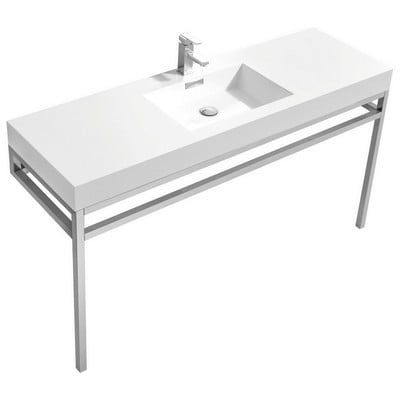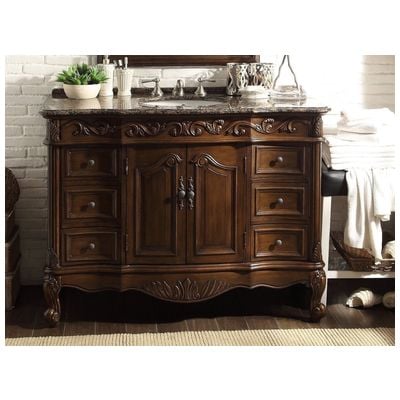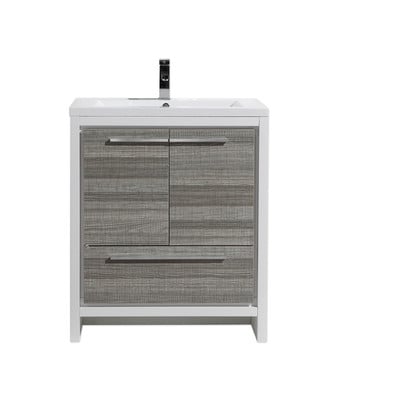Even as modern design makes some headway, traditional and antique styles are still among the most popular, especially in luxurious, opulent bathroom renovations. Antique designs lend instant elegance and sophistication to a bathroom decor, and the more authentic the designs, the better the effect. But if you don’t know your antiques, getting this look isn’t always easy. So today I want to talk a little about one of the most popular antique features in bathroom design (or, really, in most of antique furniture): the Queen Anne leg.

Shop Bathroom Vanities by Avanity:
Queen Anne legs are found on everything from bathroom vanities to tables, chairs, dressers, and armoires. More or less, if it’s furniture that can have legs, there are probably more than a few models out there with Queen Anne style legs. At its most basic, this style is based on a simple S-shape. It can be large or small, tall or squat, with steeper or more gradual curves, but these legs always curve outward at the top and inward at the bottom, and usually have a small foot or “bun” at the base.

Shop Bathroom Vanities by Ronbow:
Now, it’s worth noting that “Queen Anne” is a bit of a misnomer. This type of furniture leg existed long before the reign of English Queen Anne, and has been found as far back as ancient Greece and China. Though it was repopularized in England during the reign of Queen Anne in what is known as the Chippendale style of furniture, it did not originate there, and wasn’t limited to the British Isles. In fact, the style was also used in the early 1700s in France, where it was associated with Louis XV furniture, and spread throughout Europe and to North America over the following century.

Also known as a “cabriole leg,” this style has been around for centuries. But the continued usage of Queen Anne legs alone is testament to the staying power of the design. While its popularity rose noticeably during the 18th century, it has remained one of the most iconic “antique” features incorporated into contemporary furniture. In fact, a cursory glance at most so-called antique bathroom vanities will reveal more than a few instances of Queen Anne style legs.

Shop Bathroom Vanities by Sagehill Designs:
But as I mentioned before, Queen Anne legs run the gamut from hardly more than bun-style feet to the long, lanky, elegant legs more closely associated with Louis XV. The most commonly found type on contemporary-made antique style bathroom vanities are the former: squat, compact, and often beautifully carved. These are found on vanities that sit relatively low to the ground, with an upper curve that protrudes outward and a petite inward curve that terminates in a small foot. This type of Queen Anne foot, incidentally, is quite similar to the classic claw feet on later-period Victorian bathtubs, which are also popular in luxury bathroom design.

Shop Bathroom Vanities by Legion Furniture:
From there, Queen Anne legs get taller and thinner, and the s-curve gradually smooths out, with more gradual curves from top to bottom. While still technically the same kind of leg, these have a much different appearance, lifting the vanity up off the floor to appear more like a table, cabinet, or night stand. Often, this type of leg protrudes more noticeably from the sides of the vanity, drawing attention to the four corners and giving the whole piece a more curved appearance. Like smaller Queen Anne legs, these are often intricately carved, but have a more pronounced inward curve in the bottom half of the leg before it terminates in a petite foot.

The tallest, leanest Queen Anne legs are more reminiscent of Louis XV style table legs. These are sleek, petite, and very feminine, with a much more delicate appearance than the thick, bun-style feet. This Corsica vanity is a somewhat streamlined, more transitional style that lacks some of the elaborate wood carving found on most ornate antique bathroom vanities, but the simple, iconic curves of the Queen Anne style legs gives it an elegant, classic appearance not found from ordinary contemporary designs. Longer legs create a more open, airy style and deviate farther away from the conventional contemporary bathroom cabinet, turning the vanity into a piece of sophisticated accent furniture as well as a functional necessity.
What type of Queen Anne legs do you prefer? And do you like a very ornate antique style, or a more streamlined, contemporary look with just a touch of old world flair?
Shop All Bathroom Vanities:


